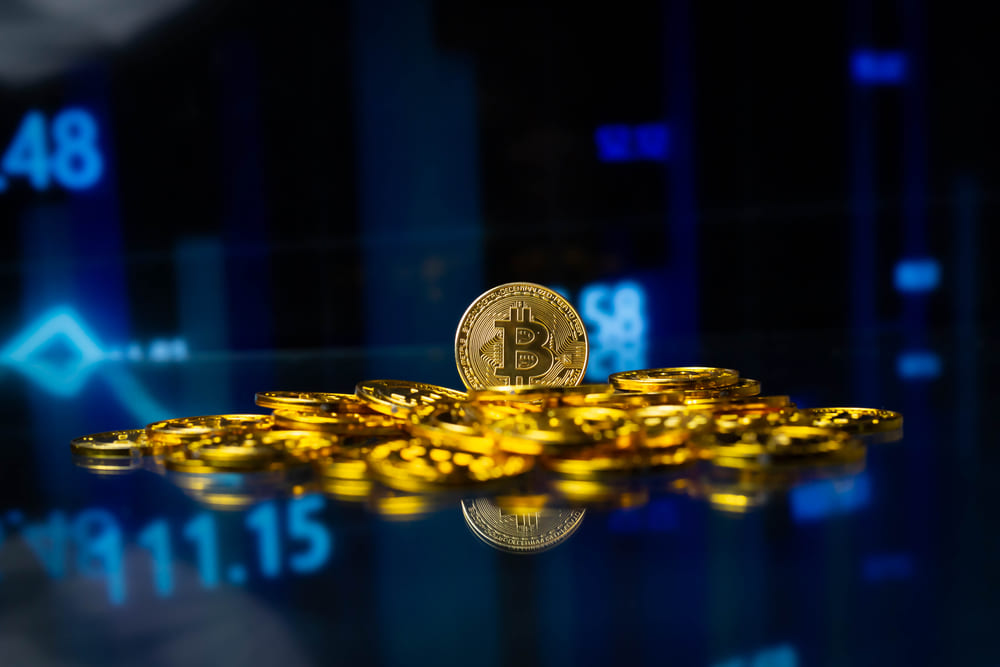Russia skirts recession with modest Q2 growth

Russia’s economy managed to claw its way out of a second quarterly slump, dodging a technical recession in the second quarter of 2025.
New estimates put year-on-year GDP growth at 1.5%, which also suggests Russia scraped together enough quarter-on-quarter growth to avoid back-to-back contractions, the basic threshold for calling it a recession.
This rebound didn’t come from consumer strength or business recovery. The only engine still running is state spending, and nearly all of that is going to defense. Private consumption is slowing. Borrowing is collapsing. Credit is expensive.
The Bank of Russia’s ultra-tight policy is draining activity from nearly every part of the economy except the one being funded directly by the government.
Putin leans on military cash as everything else slows down
President Vladimir Putin, during a meeting with economic officials on Tuesday, said, “Many experts are talking about the formation of risks for excessive cooling in the economy, even recession.” He followed that with a statement claiming the central bank doesn’t “see any major risks today,” but still told policymakers to stay alert to avoid a downturn.
The warning wasn’t new. The economy already contracted in Q1, the first time since 2022. That first-quarter decline set off alarms, with business leaders and economists raising concerns over high interest rates crushing demand.
But officials didn’t ease up until recently. The Bank of Russia had kept its benchmark rate at 21% from October through June, an aggressive stance meant to stop inflation and slow down what it called an “overheated” economy.
Despite that pressure, the central bank later said economic activity rebounded in Q2. It now estimates annual GDP rose to 1.8%, up from 1.4% in the first quarter. Most of that gain came from defense spending, not from household activity or business investments.
Maxim Reshetnikov, Russia’s economy minister, said back in June that the country might be on the edge of a recession because of those same record-high interest rates.
Putin responded the next day, saying a downturn “must be avoided at all costs.” Since then, the central bank has made some small moves to back off. Over the last two meetings, it cut rates by 300 basis points, hoping to avoid stalling the economy completely.
Trump-Putin Alaska meeting could change Russia’s next step
Russia’s next economic move might be decided thousands of miles away. Putin is expected to meet President Donald Trump in Alaska this Friday. The meeting will focus on the war in Ukraine, and what comes out of that conversation could decide whether the economy stabilizes or falls back into contraction.
If the war ends on terms favorable to Moscow, William Jackson, chief economist at Capital Economics, said in a note that a partial rollback of sanctions could happen, which would help reduce the weight of war costs.
But if the Kremlin keeps the fight going, it could face even tougher sanctions, especially on its energy exports. Tatiana Orlova, lead economist at Oxford Economics, said such sanctions could push the country straight back into contraction.
Right now, Russia’s economy is stuck in a narrow corridor. Deposit and borrowing rates are still high, even after the rate cuts, and that’s making it harder for people to take loans or for businesses to grow.
Orlova said, “The economy returned to weak growth in the second quarter, but growth is losing momentum.” She added, “We see the economy teetering on the brink of recession over the coming quarters.”
Dmitry Polevoy, investment director at Astra Asset Management, said the most recent numbers “clearly point to risks of a return to negative trends in the second half of the year.”
None of this is about recovery. There is no broad rebound. Russia is still leaning on the war machine to keep GDP above water. The rest of the economy is cooling fast. Real momentum doesn’t exist outside of state-funded military spending.
Without that, this entire fragile growth vanishes. Every other sector is being crushed under the weight of war, inflation, and money policies built for crisis, not for recovery. The Federal Statistics Service is expected to release the official Q2 GDP figures later today.
Want your project in front of crypto’s top minds? Feature it in our next industry report, where data meets impact.





